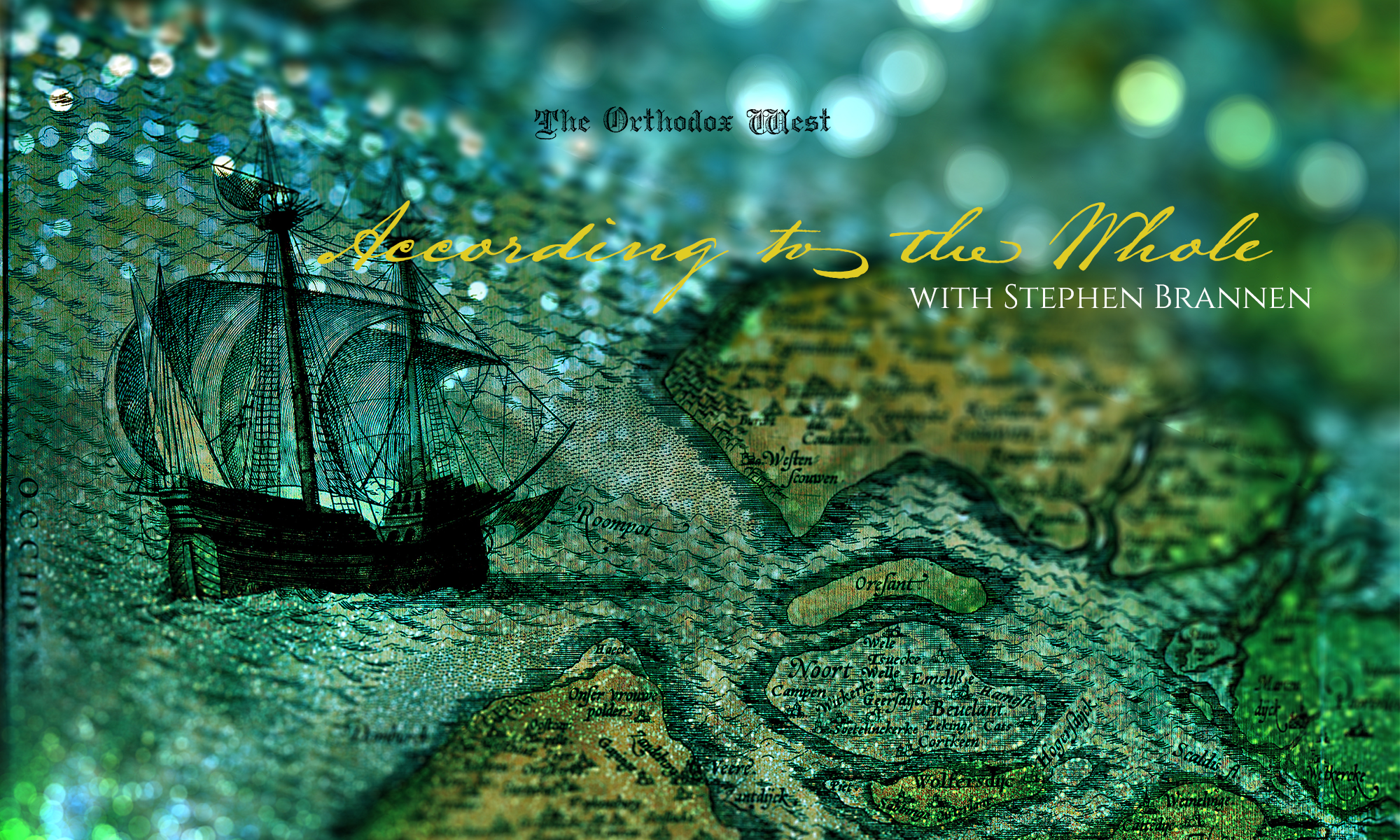
The Roman Catholic Church is currently in the midst of some very serious scandals. Voices from within that communion are calling it a crisis. Voices from outside that communion are also weighing in on what’s going on, but outsiders’ voices should always be more cautious. And we, as Orthodox Christians, are outsiders. The following advice, like many things that “ought to go without saying,” is something that probably needs to be stated clearly, for the record. Continue reading “Western Rite Orthodox and the Roman Catholic Crisis”









